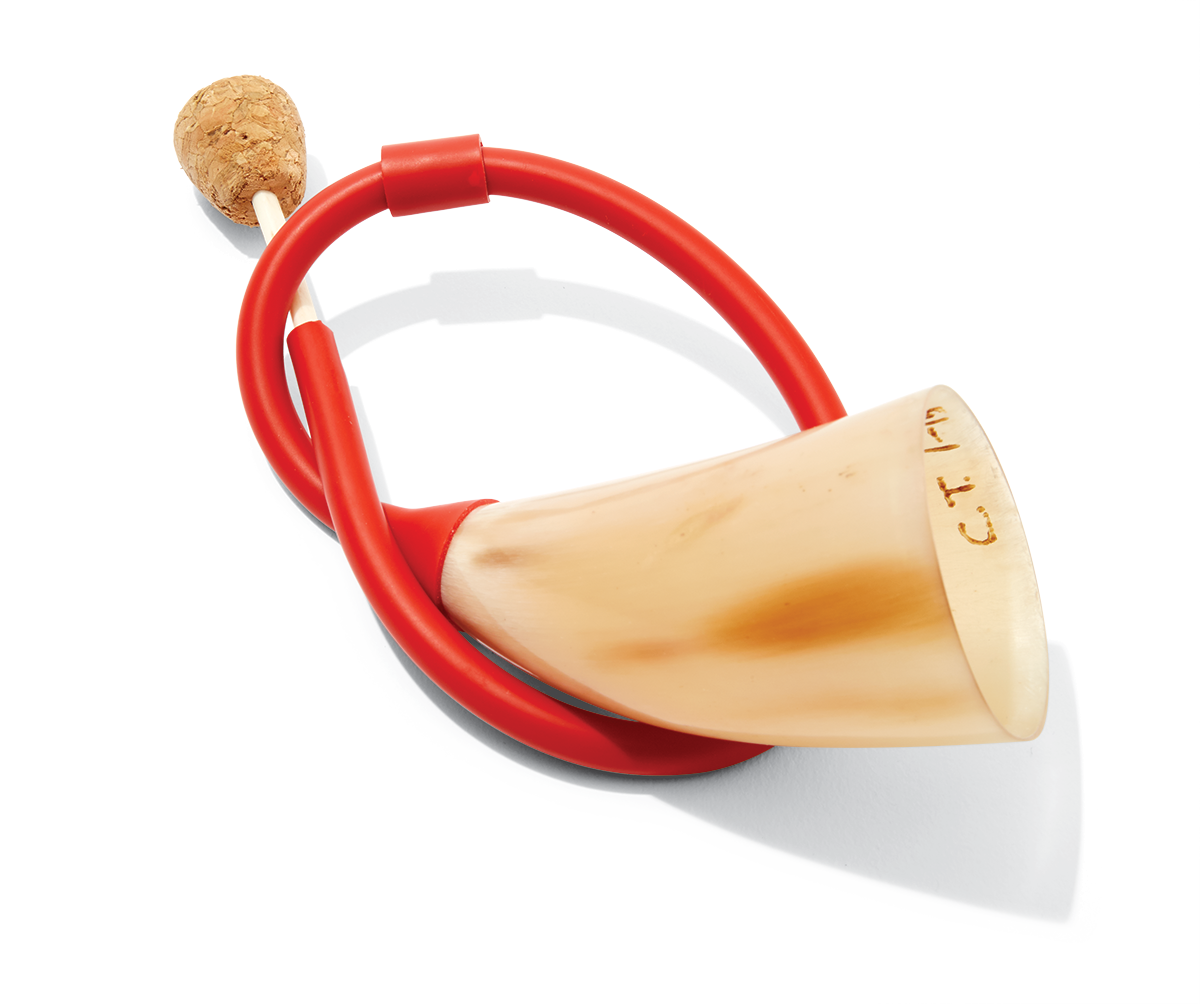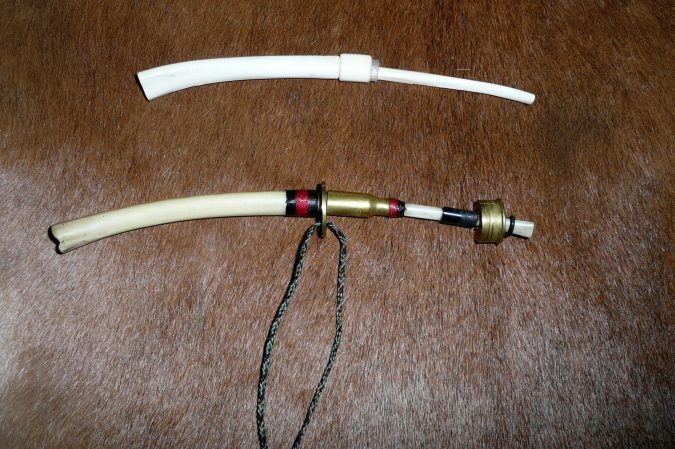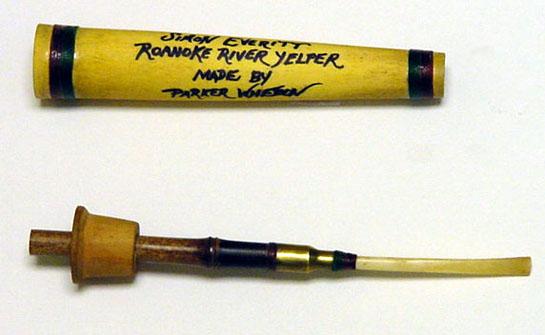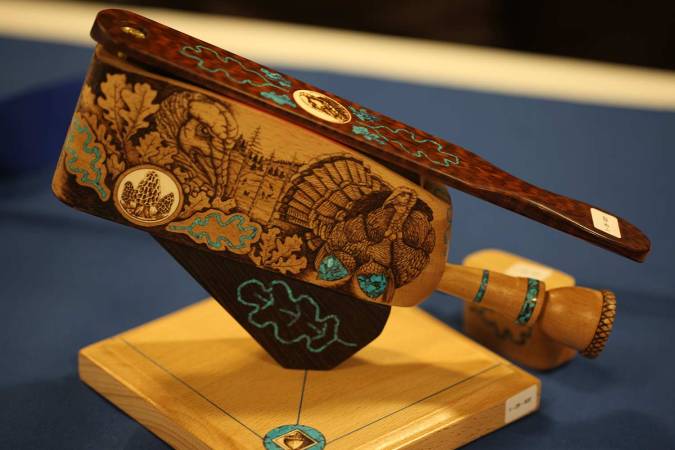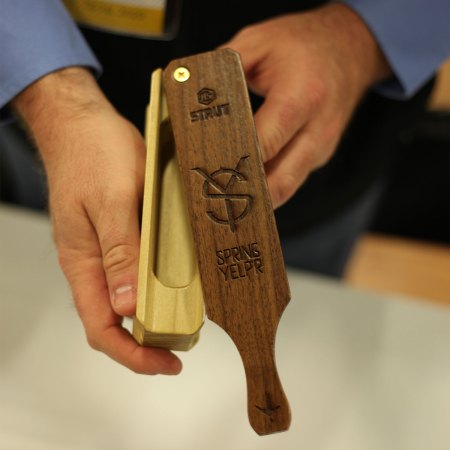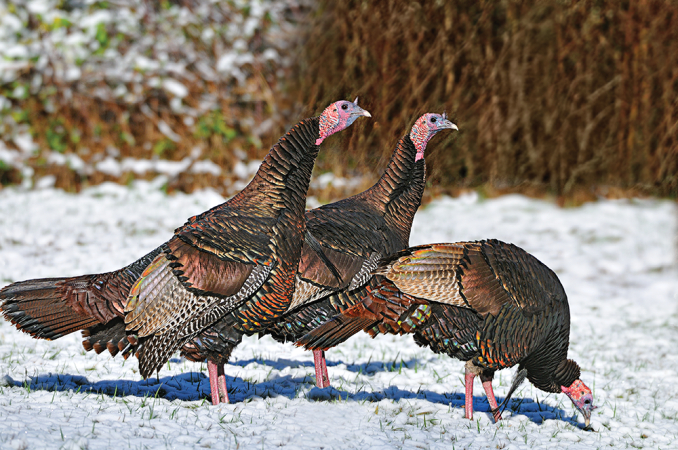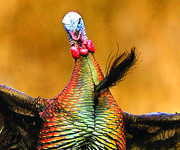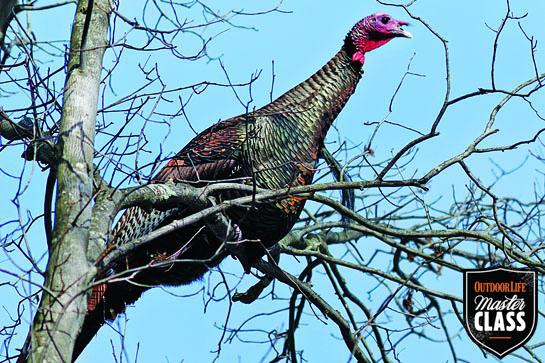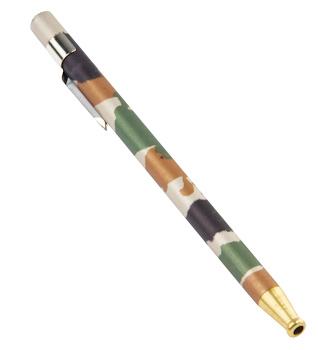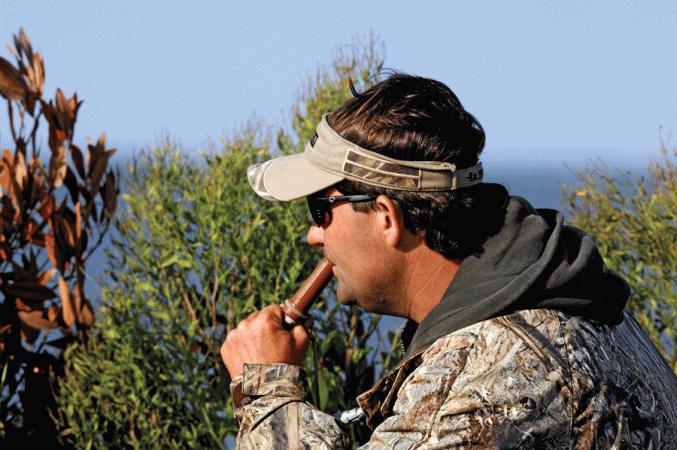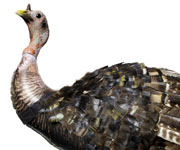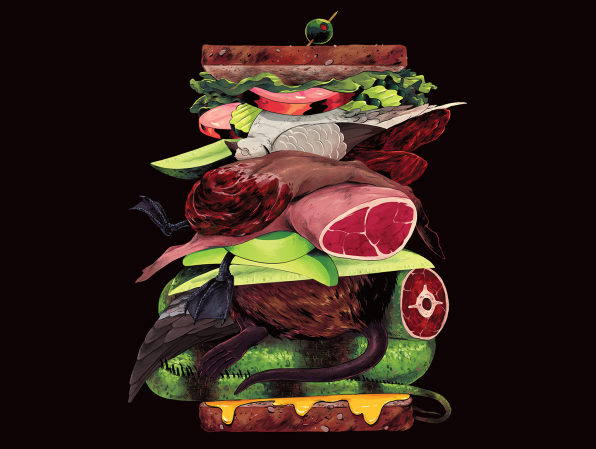We may earn revenue from the products available on this page and participate in affiliate programs. Learn More ›
Hailing from eastern Virginia a century ago, this call was employed for fall turkey hunting, though its high-pitched yelps will work equally well in the spring. It operates like a wingbone yelper, but the cow horn softens and directs the sound of the call. With practice, you can add clucks to your repertoire.
1. WINGBONE MOUTHPIECE
The old timers insisted on a young hen wingbone for a mouthpiece. They believed this gave the call a keener, more piercing tone because of the bone’s smaller diameter. Gobbler wingbones will work, but to best imitate the call of a hen turkey, you need a hen wingbone.
2. CATHETER TUBE
A rubber catheter tube is the best material to mate the mouthpiece with the horn. Look for a size 22 or 24 French-style catheter, available at medical-supply stores. Push the flared end of the tube over the horn. Cut the other end on a 45-degree angle, and push it over the wingbone. Use a wine cork to keep the mouthpiece clean. Play the call by sucking in with short, sharp purses, as if you were blowing kisses.
3. COW HORN
Preparing the horn is the first and most difficult step. Saw the horn about 4 inches below the tip, and then shave down its thickness both inside and out. The old masters did this with a pocketknife and a piece of glass, but a wood rasp and increasingly fine Emery paper will work. The thinner the wall of the horn, the better—the horn should vibrate slightly in your hand when you call.
